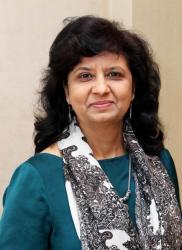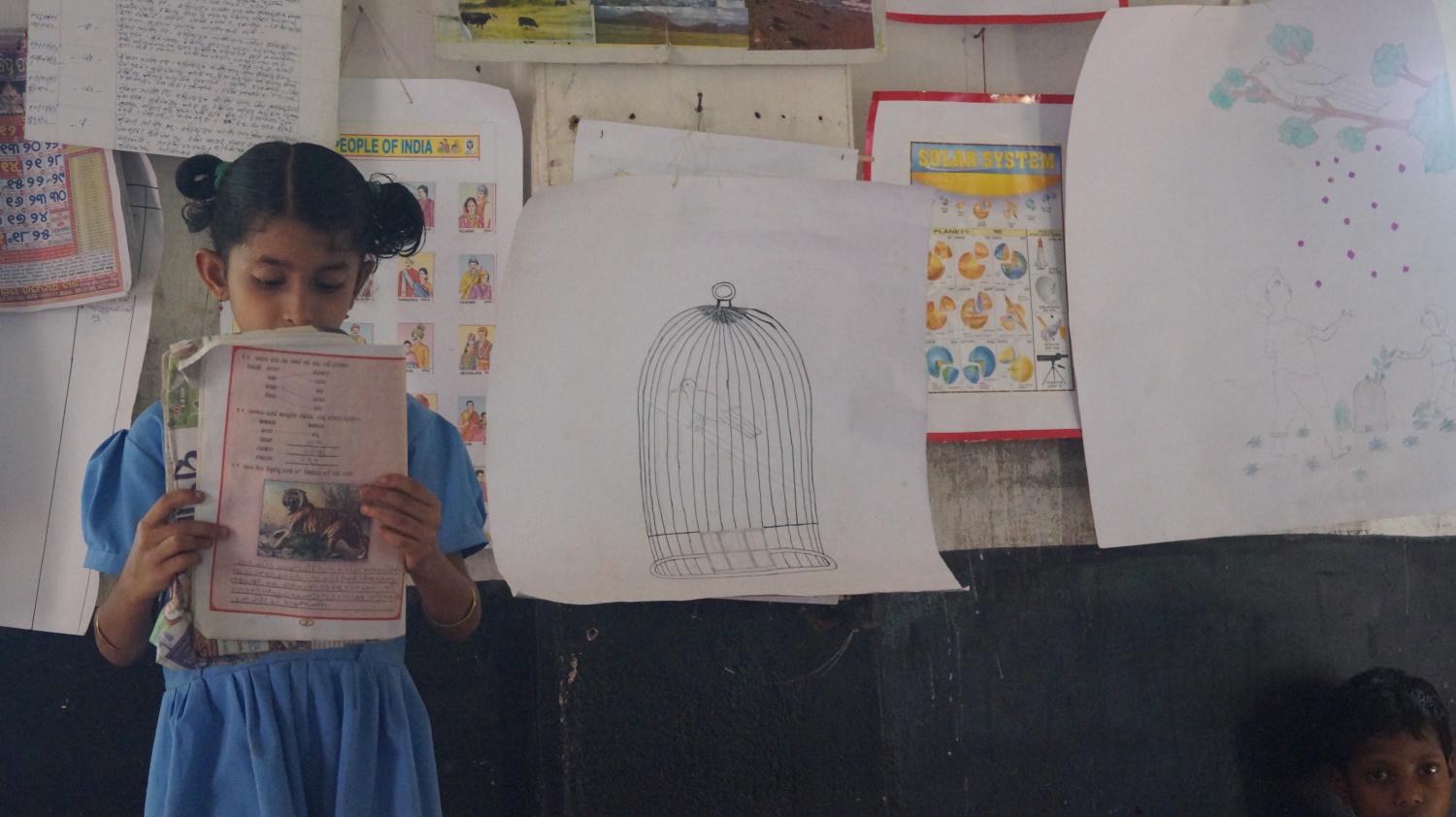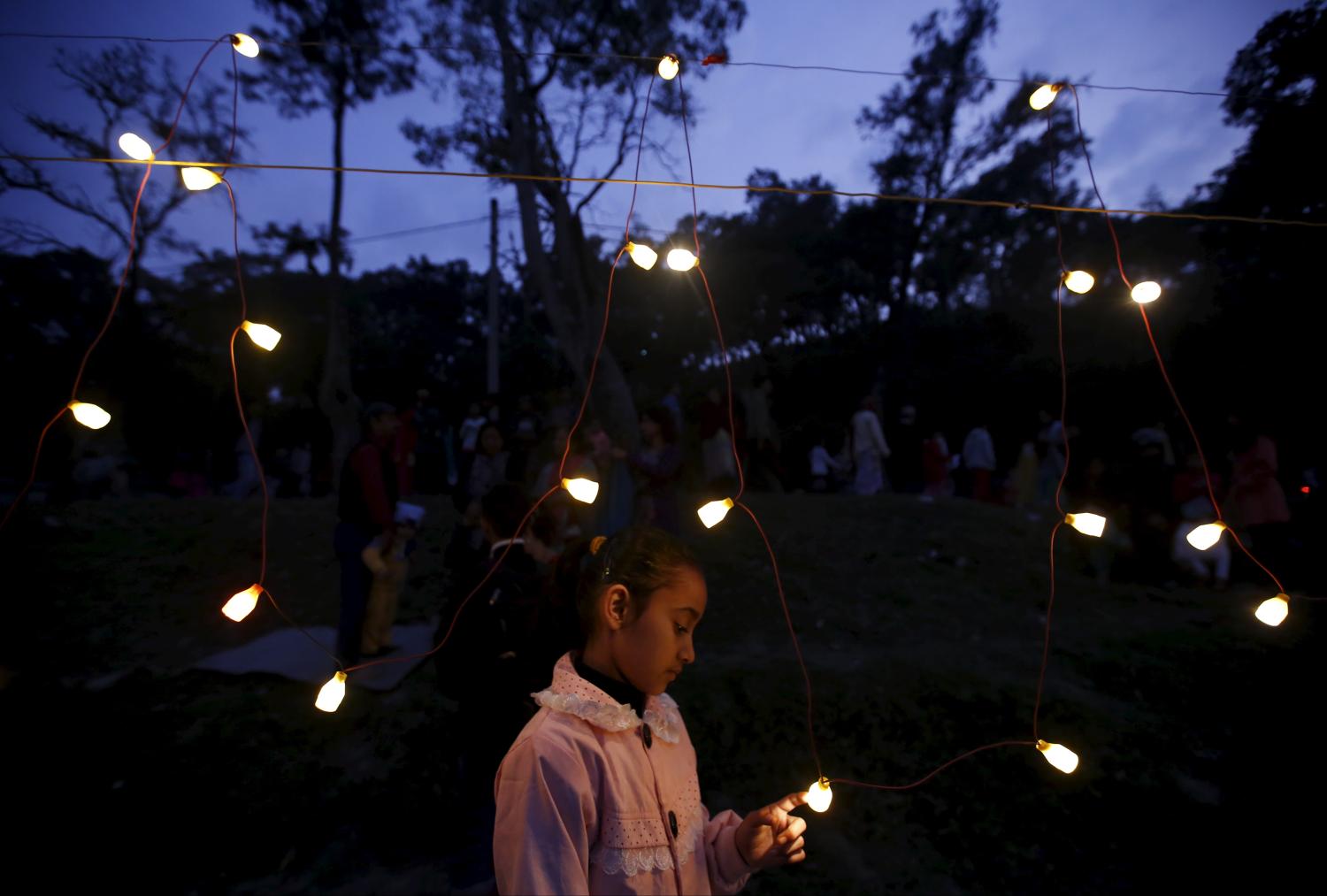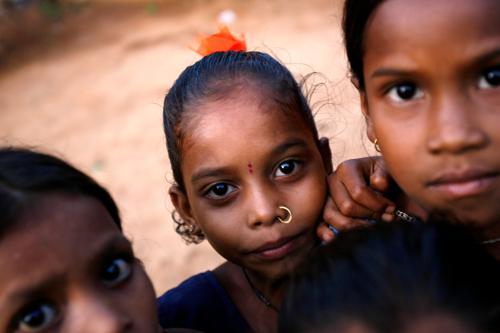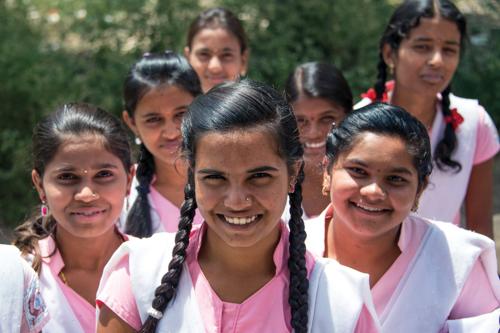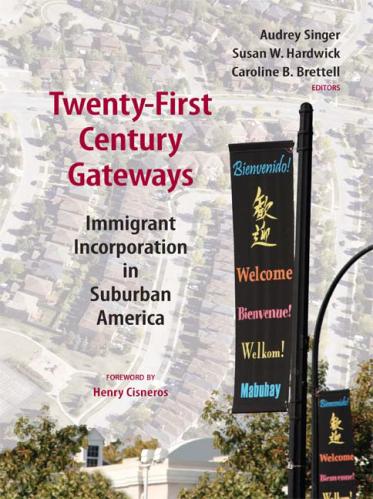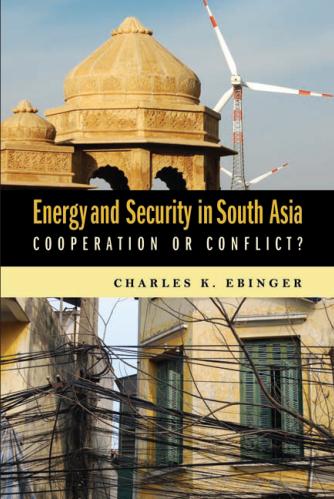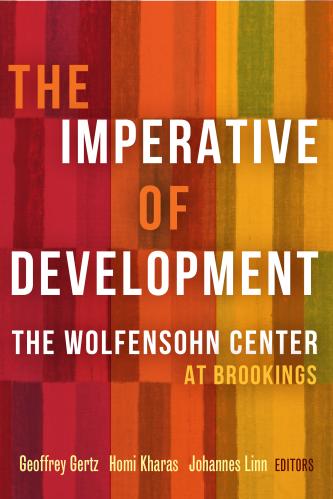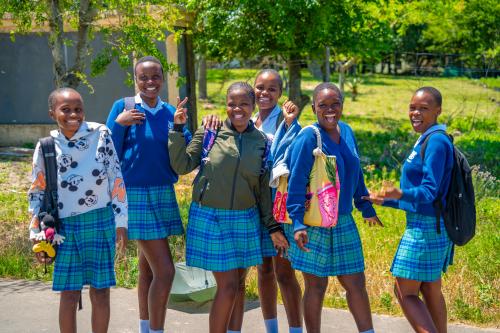The current multilingual policy in India is insufficient for the acquisition of early grade reading skills by tribal girls. Unable to overcome the social and pedagogical barriers of multilingual education, they are denied the right to an education that empowers them and builds their capacity to negotiate for their rights within their communities and in the larger world.
The problem with delivering effective multilingual education (MLE) for tribal students is that where tribal populations are substantial (more than 30 percent of the local population) and where there are more than three dialects, the current MLE approach is inadequate. It also does not have a strong enough focus on girls as it ignores their gender-specific educational challenges. The Indian state of Odisha offers a case study for investigating this problem because it is not only representative of the tribal population in the country (with 90 percent of scheduled tribes enrolled in its schools), but it is also one of the few states with a multilingual policy and with a MLE intervention in 4 percent of its primary schools. Children enrolled in these MLE intervention schools belong to the scheduled tribes that constitute nearly 22.21 percent of the total population in Odisha, with 73 percent of them below poverty line, and some located in specific pockets that have socio-economic indicators among the lowest in the world. The Odisha MLE program has provided a preliminary foundation for rethinking how multilingual education can enable children from tribal communities to escape the vicious cycle of language disadvantage in India. Lessons from the state’s policy demonstrate the need for a strengthened approach to MLE in other states with similar marginalized tribal populations.
An analysis of the MLE intervention in this paper, especially Odisha’s case study on early grade reading—a language-based skill—indicates that a special focus on tribal girls is necessary in research, policies, and programs. Although evidence suggests there is a small gender gap in reading ability between tribal girls and boys, in general girls are more heavily impacted by inadequate language skills in the short and long term as they become more vulnerable to drop out and thus unable to complete a full course of education. Research indicates that girls’ average years of schooling is far less than boys, so what little reading skills a girl acquires in primary school may be all she ever gains. Persistent barriers to multilingualism experienced in the early years of schooling thus have far-reaching consequences for girls; whereas boys may be able to eventually “catch up” as they continue their education.
The Brookings Institution is committed to quality, independence, and impact.
We are supported by a diverse array of funders. In line with our values and policies, each Brookings publication represents the sole views of its author(s).
